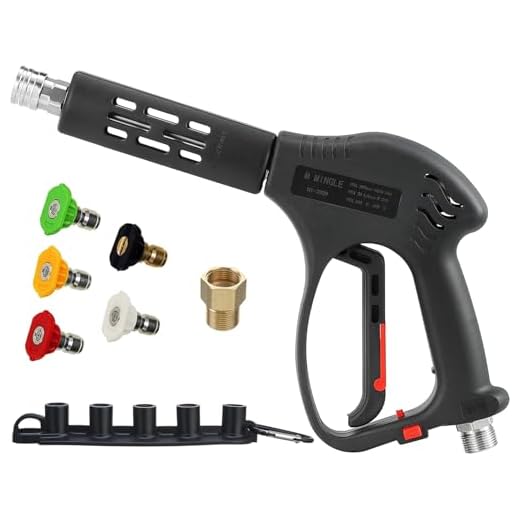


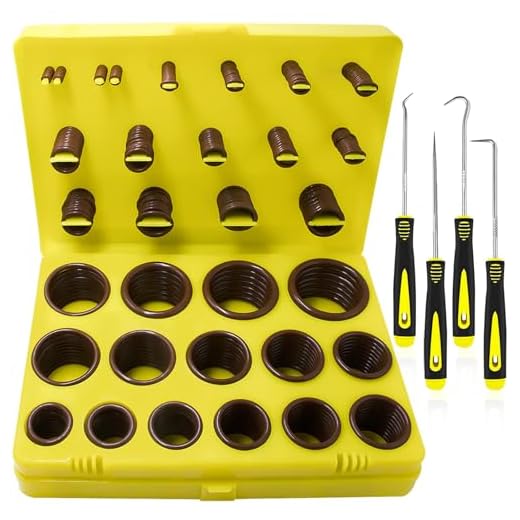
For maximum cleaning results on vehicles, the 25-degree spray tip is my top recommendation. This nozzle strikes an ideal balance between power and gentleness, allowing for effective dirt removal without risking damage to the paint or surface finish.
When tackling stubborn grime, consider using a 15-degree tip selectively on particularly dirty areas or wheel wells, where a more powerful stream is advantageous. Just be cautious–this nozzle can be harsh on delicate surfaces, so direct it with care.
For optimal results, combine your washing approach with a quality detergent designed for automotive use. This enhances the cleaning process, allowing the spray angles to work effectively in tandem with the cleaning solution. Ensure to follow the manufacturer’s guidelines for both the detergent and your equipment to maintain efficiency and longevity.
Lastly, after washing, it’s beneficial to switch to a soap nozzle if available. This activates the cleaning agent, providing a thorough application while ensuring that you rinse away any residual dirt and grime. With the right attachments, achieving that spotless finish on your vehicle becomes a straightforward task.
Recommended Tip for Optimising Cleaning Performance
For effective cleaning of vehicles, employ a 25-degree fan attachment. This angle strikes a balance between pressure and coverage, ensuring thorough removal of dirt without risking damage to sensitive surfaces.
Adjusting for Various Surfaces
When tackling different areas of your vehicle, consider switching to a 15-degree attachment for stubborn grime on wheels or lower body panels. Conversely, for delicate components like glass or paintwork, a wider 40-degree attachment is ideal, offering gentle cleaning power.
Importance of Distance and Technique
Maintain an distance of around two feet from the surface while cleaning, adjusting as needed based on the attachment. Keep the spray moving to avoid directing forceful jets at one spot too long, preventing potential harm to the paint or trim.
Understanding Different Types of Pressure Washer Nozzles
To achieve optimal cleaning results, select the appropriate attachment based on the task at hand. Each variant is designed to deliver a specific spray pattern and pressure level, influencing performance significantly.
Spray Patterns
There are typically four primary spray patterns available: 0-degree, 15-degree, 25-degree, and 40-degree. The 0-degree version produces a concentrated stream suitable for tough stains or dirt. In contrast, the 15-degree variant is ideal for stripping paint or tackling hard surfaces. The 25-degree option offers a balance of pressure and coverage, perfect for most washing tasks. Lastly, the 40-degree attachment provides a gentle mist, optimal for delicate surfaces.
Specialised Attachments
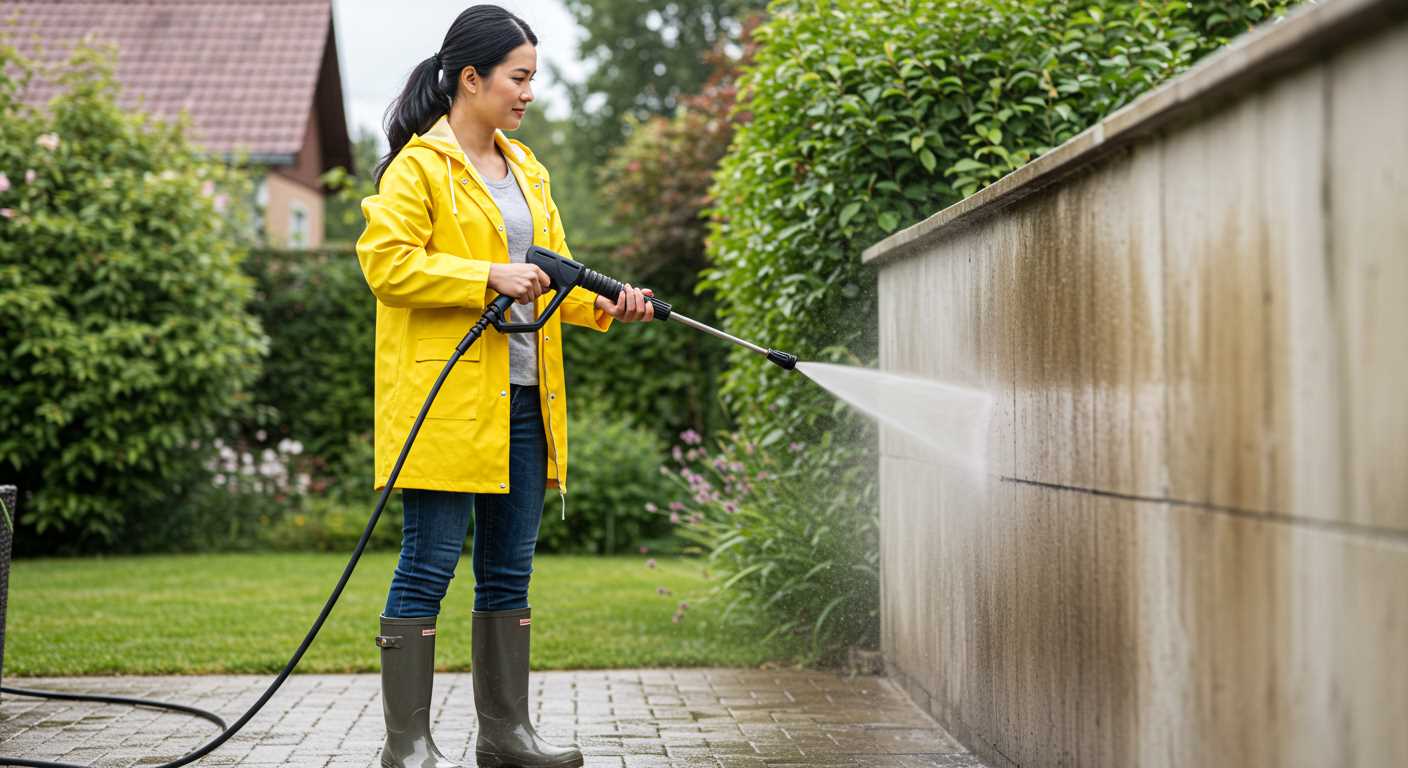
Consider specialised attachments for unique situations. Foam cannons are excellent for applying soap, effectively loosening grime before rinsing. Rotating nozzles employ a spinning motion to boost cleaning power, making them beneficial for flat surfaces. Adjustable options exist, allowing for variable spray patterns within a single tool. This versatility can simplify your equipment needs.
Always test on a small, inconspicuous area first to gauge effectiveness and prevent potential damage. Selecting the right tool tailored to your requirements ensures efficient and satisfying results every time.
Choosing the Right Attachment Based on Vehicle Surface Type

When tackling different finishes on vehicles, selecting the right attachment can make a significant difference. For cars with delicate paintwork, a 40-degree fan head is recommended. This wide spray pattern lessens the risk of scratches while effectively loosening grime.
For textured surfaces, such as SUVs and trucks, a 25-degree attachment is ideal. This setting strikes a balance between power and safety, ensuring that debris is removed without risking damage to the surface.
Finishes and Appropriate Settings
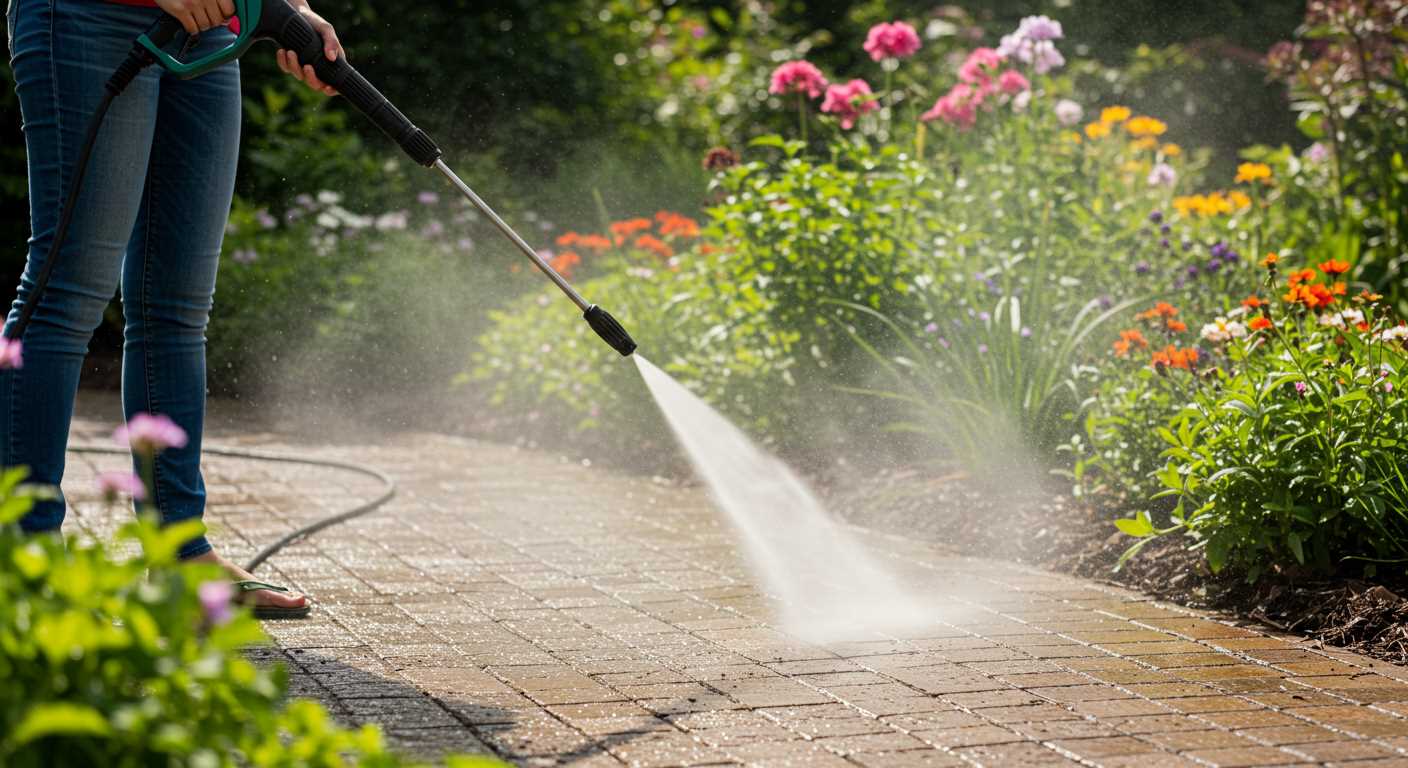
Metallic and glossy finishes benefit from a gentle approach. A 30-degree fan ensures that these surfaces are cleaned without causing swirl marks. Additionally, it maintains the integrity of any wax or sealant already applied.
Conversely, if your vehicle has a rugged exterior, like that found on off-roaders or work trucks, a more intense stream–around 15 degrees–can be effective. This tighter spray will assist in dislodging stubborn dirt and mud that have accumulated over time.
Special Considerations
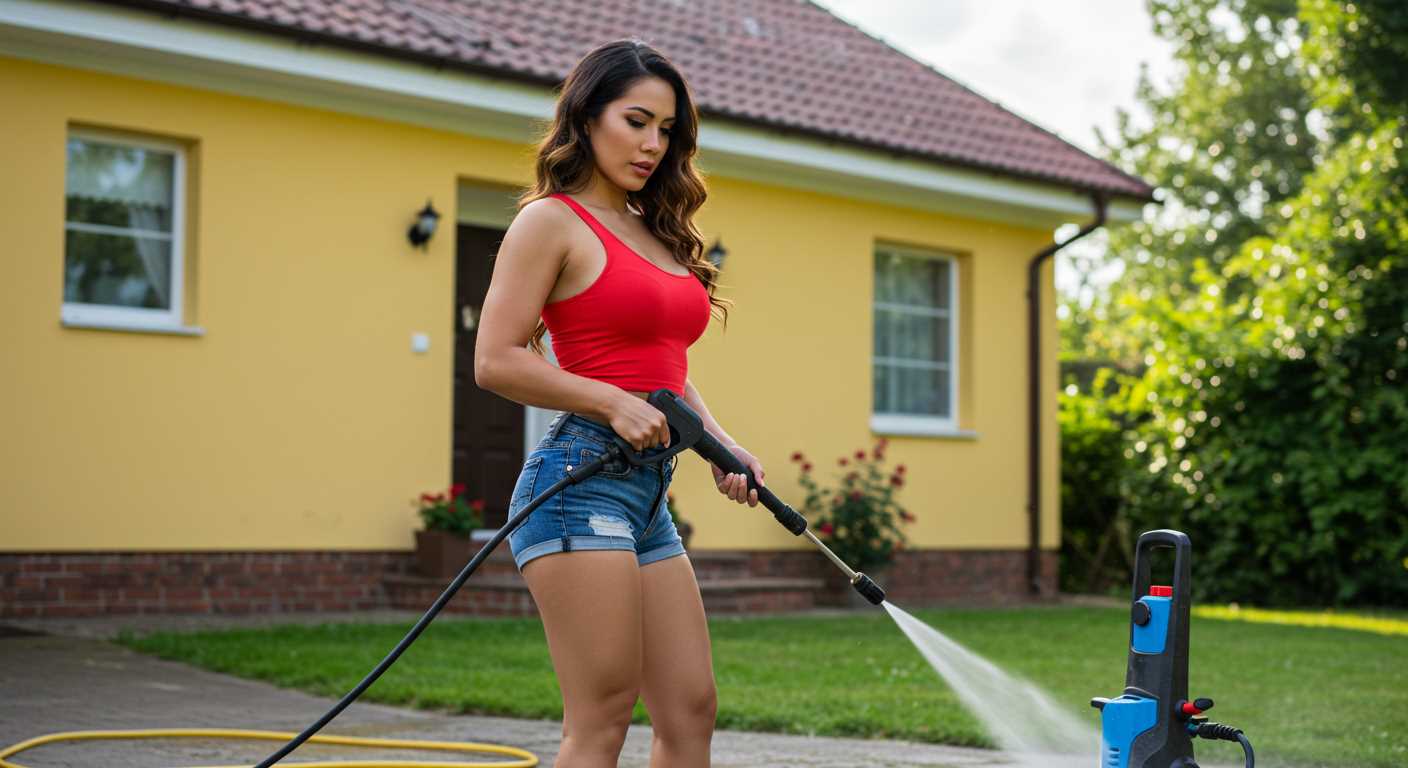
For classic cars with sensitive paint or older finishes, opt for the gentlest setting possible. A dedicated wash attachment may be wise, especially when paired with suitable automotive soap. Always test a small, inconspicuous area first to ensure compatibility.
Remember, maintaining the right distance from the surface is crucial. Keeping the sprayer at least two feet away prevents unnecessary wear while maximising cleaning efficiency. Tailoring your approach according to the specific surface ensures the best results while protecting the integrity of the vehicle.
How Nozzle Angle Affects Cleaning Performance
The angle of your attachment directly impacts how well dirt and grime are removed. A narrower angle, such as 15 degrees, concentrates water pressure into a tight stream, making it excellent for stubborn spots like tar or dried mud. This precision allows for effective cleaning of deeply embedded contaminants.
Conversely, a wider angle, such as 40 degrees, disperses water over a larger area, providing a gentler touch. This option is best for delicate finishes, ensuring that wax and paint are preserved. Using a softer spray prevents the risk of damage while still effectively washing away light dirt and dust.
When choosing an angle, consider the nature of the surface being cleaned. For hard surfaces like wheels and wheels wells, a more direct stream is necessary. In contrast, cars’ painted and glass surfaces benefit from a more forgiving approach. It’s often beneficial to start with the widest option, assessing the effectiveness, then switching to a narrower angle for areas requiring additional force.
Due to differences in cleaning tasks, a versatile selection of angles enhances efficiency. Transitioning between angles can optimise the cleaning process, enabling adaptation to various conditions and materials. Always ensure to maintain a safe distance to avoid damage, adjusting your stance based on the chosen angle.
In summary, knowing how angle affects performance is key. Selecting the right angle not only influences cleanliness but also protects the vehicle’s finish during the cleaning process. Proper technique and angle usage lead to optimal results in detailing and maintaining your ride.
Experimenting with Nozzle Size for Hard-to-Reach Areas
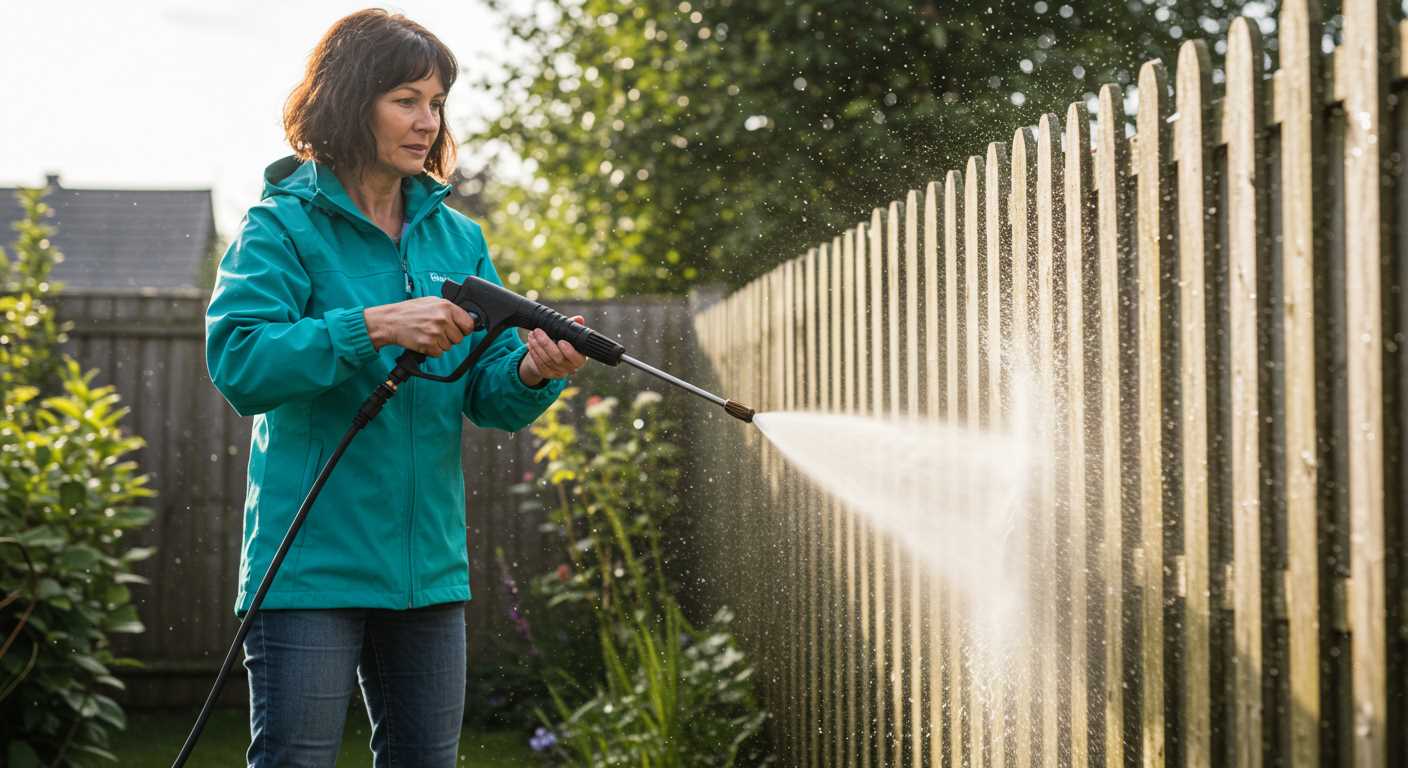
For cleaning those challenging spots, I recommend trying a 25-degree tip or a rotating turbo cleaner attachment. These options excel at reaching tight spaces while maintaining adequate water pressure.
Why 25-Degree Tips Work
- Ideal for getting into crevices without being overly aggressive.
- Effective for removing dirt and grime from edges and corners.
- Provides a balance between coverage and control.
Benefits of Rotating Turbo Cleaners
- Offers a wider spray pattern while concentrating pressure.
- Great for cleaning complex shapes like grilles or intricate wheel designs.
- Reduces time spent on stubborn areas due to its spinning action.
Adjustments in distance can further enhance results. Maintain a close proximity to the surface, about 6 to 12 inches, to maximise cleaning power. Always test in an inconspicuous area to prevent damage. An additional tip is to ensure you have adequate surface preparation prior to washing; removing larger debris can facilitate a smoother cleaning process.
Experimenting with varied sizes may help you discover the optimal configuration for your vehicle’s unique features. Taking time to assess the results will guide you towards the best approach for hard-to-access areas.
Maintaining Your Nozzle for Optimal Car Washing Results
Regular cleaning and maintenance of the spraying attachment is vital for achieving the best results while cleaning your vehicle. At a minimum, a quick rinse after each usage removes any debris that may have clung to the end, preventing blockages.
Inspecting the end regularly for signs of wear is equally important. Look for cracks, missing parts, or degradation in the material, as these can significantly impact your systems performance. Replacing damaged tips promptly ensures consistent cleaning power.
Utilising a small brush or a toothpick can be effective for clearing any stubborn build-up in the orifice. A quick soak in warm, soapy water may help dissolve accumulated grime before rinsing thoroughly under running water.
Storing the spraying accessory correctly also plays a role in longevity. Keeping it in a dry, shaded area protects from environmental factors that could cause deterioration. Avoid placing heavy items on top of it, as this can lead to deformation.
| Maintenance Tip | Description |
|---|---|
| Rinse After Use | Clears debris and prevents blockages. |
| Regular Inspections | Check for cracks or wear that can affect performance. |
| Clear Blockages | Use a brush or toothpick for stubborn debris. |
| Soak in Soapy Water | Dissolves grime buildup for easier cleaning. |
| Proper Storage | Store in a cool, dry place away from heavy objects. |
Implementing these strategies not only prolongs the life of the cleaning accessory but ensures the performance remains at its peak, delivering optimal results every time you wash your vehicle.
When to Use Additional Attachments with Your Nozzle
Utilising extensions, surface cleaners, or brush attachments can significantly enhance the cleaning process, especially for stubborn grime or larger vehicle surfaces. A surface cleaner attachment allows for broader coverage and a more uniform clean across flat areas, such as hoods or roofs. This is particularly beneficial when faced with larger vehicles or extended washing sessions.
For detailed work around intricate areas, such as wheel wells or trims, incorporating a dedicated brush attachment aids in loosening dirt that may not easily yield to high pressure alone. Soft brushes prevent scratching while ensuring thorough cleansing without damaging sensitive surfaces.
When confronting persistent contaminants like tree sap or road tar, applying a foam cannon accessory can pre-soak those hard-to-remove stains. The pre-application of cleaning solutions increases effectiveness, allowing the main cleaning method to focus on dislodging the debris rather than just displacing it.
Remember to evaluate the condition of your equipment before attaching additional tools. Compatibility with your existing gear is crucial to achieve optimal performance without risking damage to either your equipment or the surfaces being treated.


